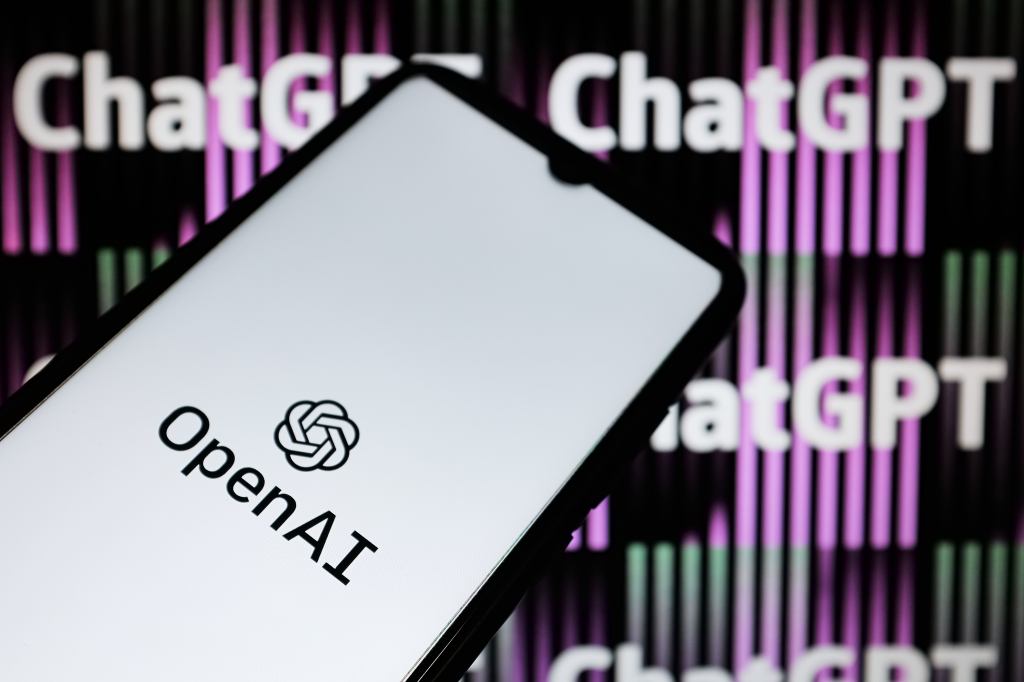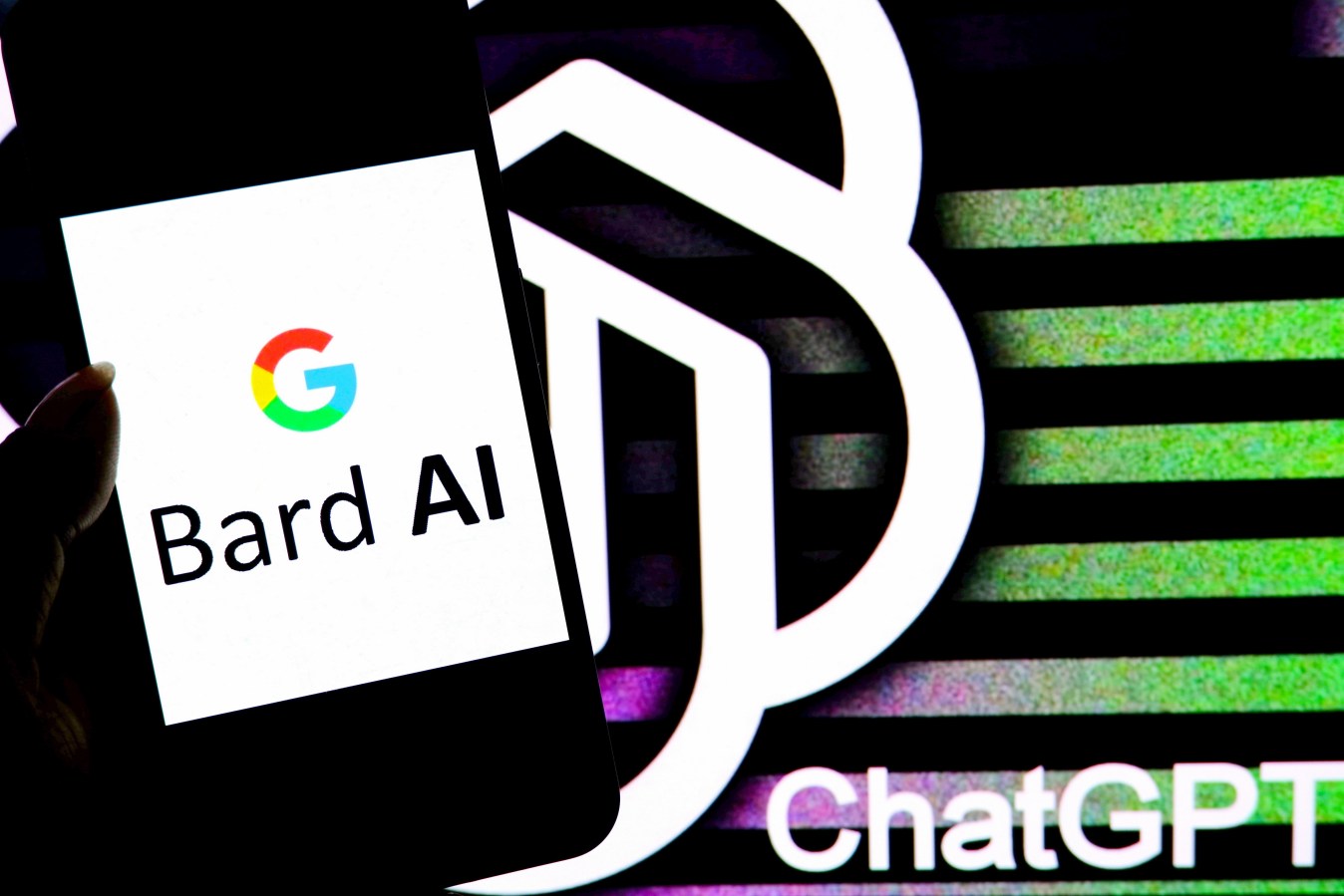Open AI’s “ChatGPT”, Google’s “Bard” and Meta’s “LLaMA” are all trying to find industries they can disrupt. However, no matter how radical or innovative a new technology is, it still needs humans to discover how the tools can solve problem.

There has been continuous technology driven disruption throughout history from steam power, combustion engines, through to the PC, www and e-commerce. Therefore, it’s no surprise Generative AI technologies like Open AI’s “ChatGPT”, Google’s “Bard” and Meta’s “LLaMA” are all trying to find industries they can disrupt. However, no matter how radical or innovative a new technology is, it still needs humans to discover how the tools can solve problems and unlock value with a scalable, profitable, viable and desirable business model. In some ways technological disruption was the antecedent of the MBA. In 1908 Harvard University created the first MBA in response to a quickly globalizing and industrializing world to teach technical experts how to manage businesses.
New AI systems rapidly assemble and synthesise global knowledge (big data) on any and every given topic with unprecedented speed and reasonable accuracy. The magic is their ability to present it in a new and unique form of words, numbers, images, and pictures including algorithms, code, slides, poems, and 3D models. In some ways it is democratising knowledge, levelling the playing field by making it accessible and consumable by anyone.
When technological disruption happens there are always winners and losers. Organisations will prosper by exploiting the confluence of big data and thick data faster than competitors. This is the focus of the UQ MBA, where business skills are leveraged to understand and solve complex problems and create new value. In fact, the UQMBA Entrepreneurship Capstone recently won first prize for Innovation in Business Education in a prestigious international competition for its approach to teaching innovation and entrepreneurship.
Gen AI makes sense of what humanity already knows, where we have been, where we are now and perhaps where we are going. It’s a powerful tool to learn where to go fishing for unresolved problems and unrealise value. However, it doesn’t tell us how to catch the elusive fish. That takes deep understanding of the fish and the context of the fishing spot. AI can’t explain or even predict with much accuracy, why things that should work, don’t and why things that shouldn’t work, do! This comes from thick data, deep human understanding of customers’ hopes, fears, dreams, irrationalities, biases, rituals, and latent aspirations.

So, what can leaders do to thrive in this decade of disruption:
1: GO BIG – Find ways to use new AI tools to assemble, synthesis and present big data to make sure you know more than everyone else about the context in which you operate. You will be surprised what Gen AI tools can tell you about your customers and competitors. This will ensure you’re fishing for new opportunities in the right place. But knowledge is not enough with most organisations not using the data they already have; more is not always better!
2. GO INTO THE WHY – You need to be an expert in your customers WHY. Today’s most successful businesses are experts in understanding and influencing human behaviour (ethnography). Failure in customer understanding is why most new products fail. David Ogilvy (Ogilvy advertising founder) explained the reason for this decades ago, “The problem with market research is that people don’t think what they feel, don’t say what they think and don’t do what they say.” This is where humans, for now at least, have a strong competitive advantage.
3. GO DEEP – Companies need staff that can build empathy with humans’ hopes, dreams, aspirations, and fears to be able to deliver products, services and business models their customers will love. Steve Jobs did this by working out humans wanted phones to entertain and communicate. Elon Musk’s success came by working out wealthy male US car buyers, at least initially, wanted EV’s to be fast and cool; vis a vie Toyota Prius! Only when empathy is gained, can organisations improve the success rate of their new products and services.
4. GO FAST – Start-ups have the agility that corporates don’t and are rapidly finding ways to integrate and exploit new technologies to disrupt. To stay competitive, incumbents need to use big and thick data in rapid testing and learning cycles to move quickly from problem solution to product market fit. This requires developing unique solutions and motivating human behaviour change with unparalleled cadence and velocity. Future competitive advantage will be gained by winning the race to the hearts and minds of customers and even employees.
5. GO NOW – Leaders need ambidexterity to simultaneously explore and exploit new opportunities with a sense of urgency. To thrive through this decade of disruption leaders need to use AI tools to know where everyone’s going (big data), build empathy through ethnography, empathy and humility with target customers (thick data), and then discover ways to solve the problems and create new value faster, cheaper or better than “Status Quo”.
Cameron Turner is an entrepreneur in Residence & MBA Lecturer at UQ Business School


